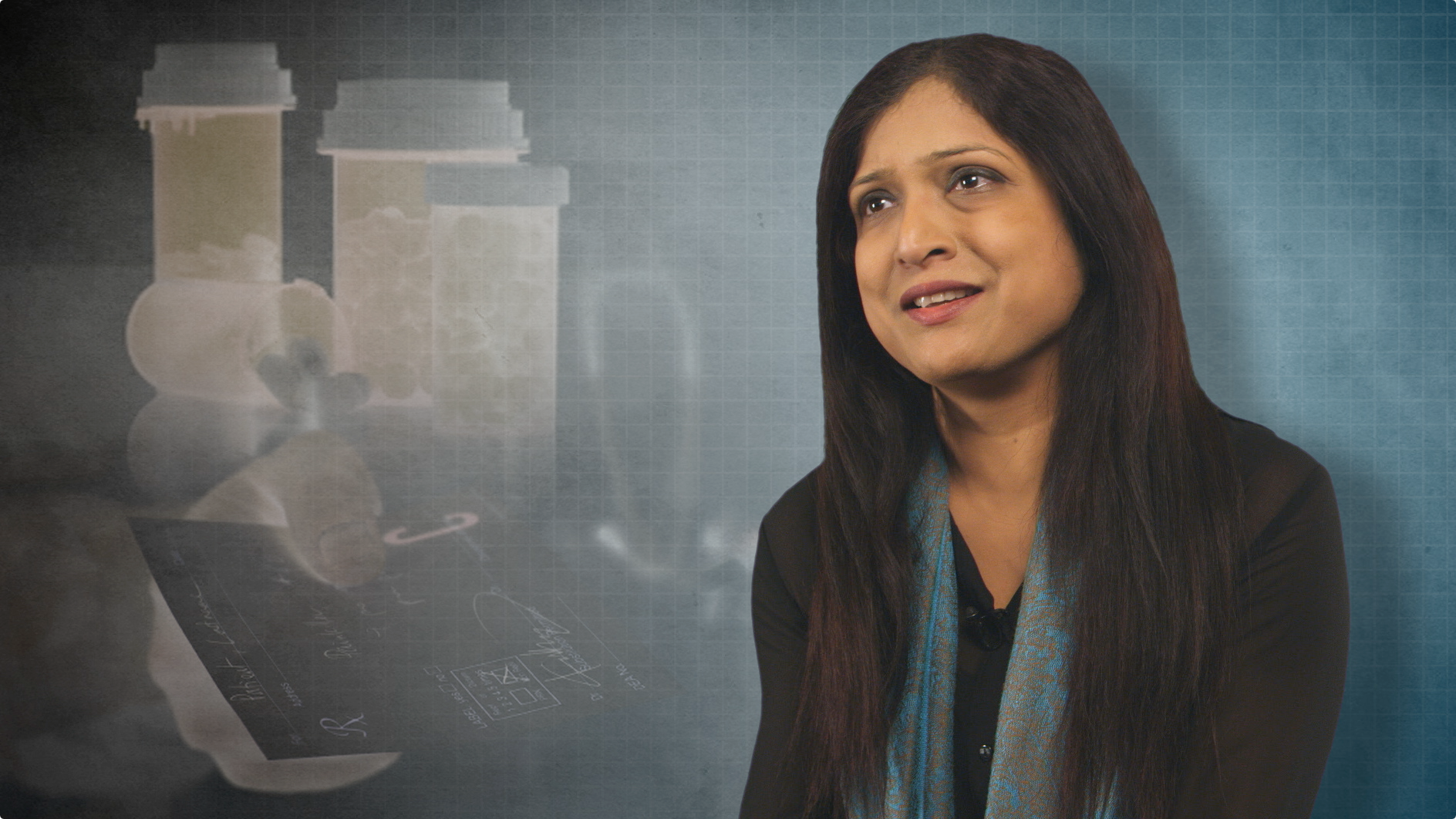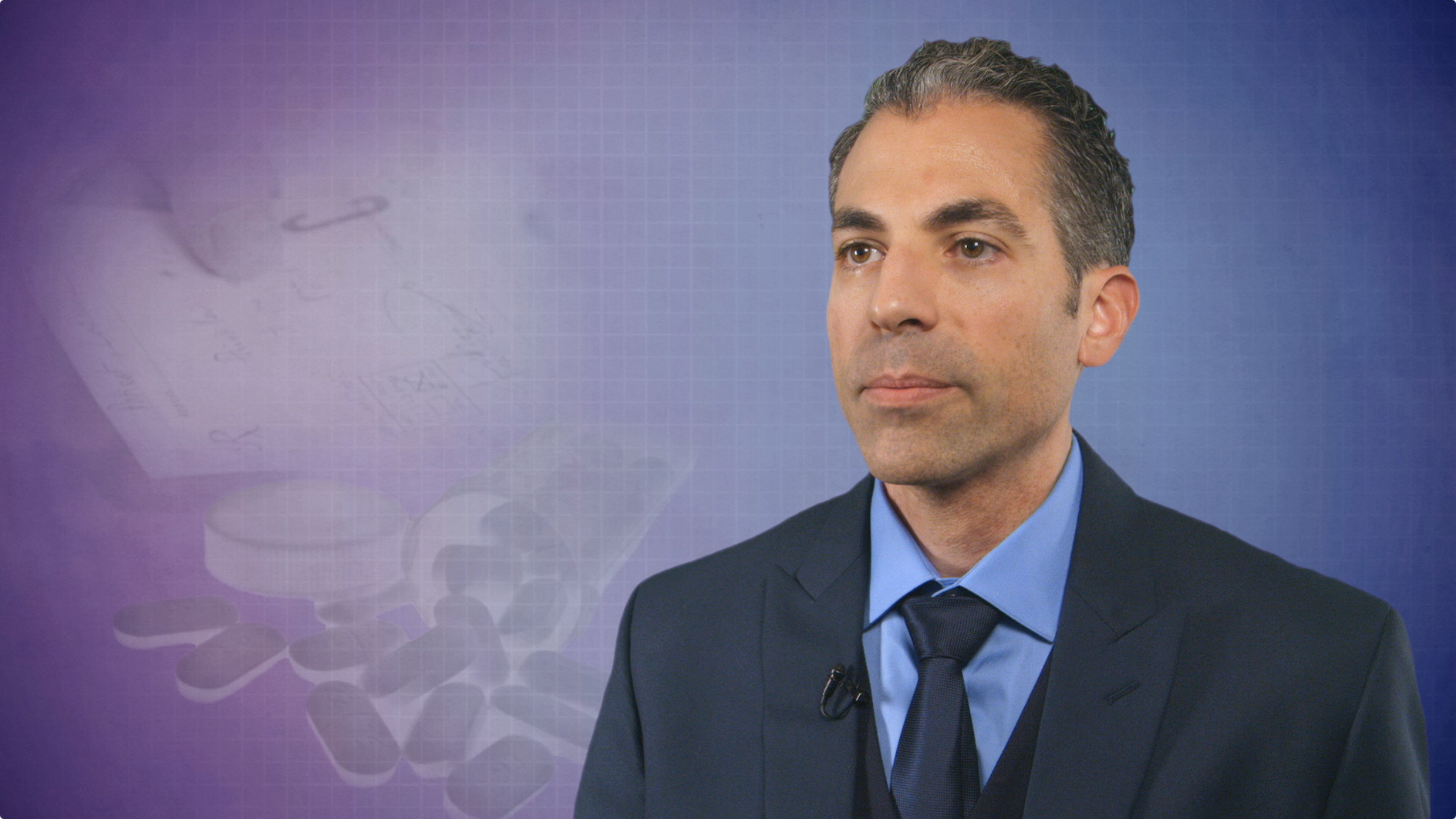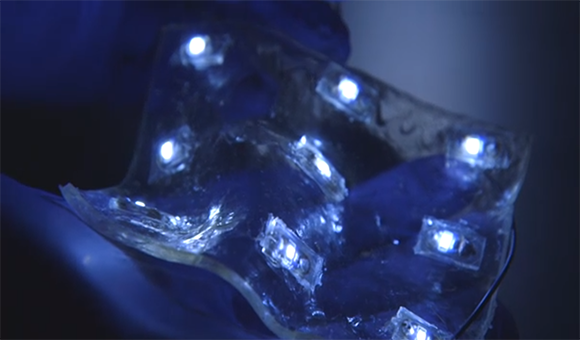Nasal cannula treatment may be more useful than CPAP for kids with OSA
Reuters Health • The Doctor's Channel Daily Newscast
At Johns Hopkins Hospital in Baltimore, Maryland, Dr. Brian McGinley and colleagues assessed the affect of warm, humidified air delivered at a rate of 20 L/min via open nasal cannula in 12 obese children (mean age, 10 years) with mild to severe obstructive apnea-hypopnea syndrome.
In the July issue of Pediatrics, the researchers note that while the home treatment with CPAP had been prescribed for these children, adherence was low and most were not being effectively treated.
According to the article, treatment with nasal insufflation reduced patients’ inspiratory flow limitation, respiratory rate, and inspiratory duty cycle. Furthermore, oxygen stores improved and the children experienced fewer arousals, which reduced the occurrence of obstructive apnea from a mean of 11 events to 5 events per hour.
Ten of the children had previously undergone CPAP titration, and in eight of these patients “the reduction in the apnea-hypopnea index on treatment with nasal insufflation was comparable to that on CPAP,” the authors report
When subanalyses were performed for sleep stages, the mean apnea-hypopnea index fell from 8 to 4 events per hour during non-REM sleep (p<0.01) and from 26 to 11 events per hour during REM sleep (p=0.01).
This “marked reduction in apneic events during REM sleep” was greater than the researchers had expected on the basis of their earlier studies of this approach in adults. It’s possible, they speculate, that nasal insufflation might be increasing pharyngeal pressure to a greater extent in children because the cannula is relatively large compared with the nares.
It’s also possible that higher chest wall and lung compliance during REM sleep in the children might have allowed a slight increase in pharyngeal pressure to produce a relatively larger increase in lung volume, leading to improvements in oxygen stores and upper airway patency, or that the treatment stimulated upper airway neuromuscular responses.
Noting that studies in larger and more varied pediatric populations are still necessary, the researches conclude that “the minimally intrusive nasal interface (of the cannula) may improve adherence to treatment in children and may ultimately prove more effective in managing the long-term morbidity and mortality of sleep apnea.”
Reference:
Pediatrics 2009;124:179-188






